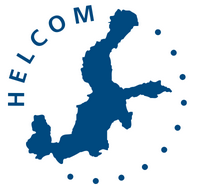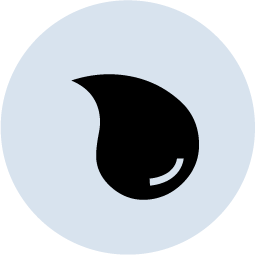WG Response
HELCOM Response Working Group

The maritime traffic in the Baltic Sea is intense and has grown remarkably during the recent years, with trends predicting an even further increase in the future. On average, there are around 1500 IMO-registered ships operating in the Baltic Sea every day. According to AIS data, vessels are entering or leaving the Baltic Sea via the Skav over 50,000 times per year. Additionally, the 98-kilometre long Kiel Canal connecting the Baltic and North Seas is also heavily trafficked.
Oil transportation via maritime routes is high and predicted to increase, especially in the Gulf of Finland due to the construction and expansion of Russian oil terminals. Other hazardous and noxious substances (HNS) such as chemicals used in industry are also increasingly being transported by sea. The high density of shipping and rapidly rising amounts of oil and HNS being transported by sea mean that the risk of an accident involving serous oil or chemical pollution is increasing correspondingly. Counteractive measures therefore need to be implemented, both in terms of prevention as well as on the response to spills. The HELCOM Response Working Group deals with all issues pertaining to the response to spills, ensuring that the Baltic Sea region is prepared for responding to various incidents involving oil and chemical spills.
HELCOM Response Working Group (WG Response) works to:
- ensure swift national and international response to maritime pollution incidents
- ensure that in case of an accident the right equipment is available and routines are in place to respond immediately in co-operation with neighbouring states
- analyse developments in maritime transportation around the Baltic and investigate possible impacts on international cooperation with regard to pollution response
- coordinate the aerial surveillance of maritime shipping routes to provide a complete picture of sea-based pollution around the Baltic, and to help identify suspected polluters
WG Response coordinates two joint aerial surveillance flights a year as well as other operational exercises to combat pollution. The group also continuously updates and reviews the HELCOM Response Manuals – Volume 1 (Oil) and Volume 2 (Chemicals).
WG Response organises regular meetings involving officials responsible for responding to pollution incidents at sea and representatives from inter-governmental organisations and non-governmental organisations.
The group works closely with other relevant international bodies including BONN Agreement, and the International Maritime Organisation (IMO), to ensure international measures are suitably applied and implemented in the Baltic.
Response exercises
In order to ensure the co-operation in case of a pollution incident the Contracting Parties regularly carry out out exercises. The exercises range from desktop, or “paper”, to operational exercises involving ships, aircraft and response hardware.
Most famous are the BALEX DELTA exercises, which test the alarm procedures and response capability of the Contracting Parties in case of a major accident and an international response operation.
Action areas
Documents
Contacts

Torben Iversen
Chair of WG Response
Royal Danish Navy Command
pol.con.den@mil.dk

Jelena Savic
Vice-Chair of WG Response
Swedish Coast Guard
jelena.savic@kustbevakningen.se

Katarina Viik
Professional Secretary
HELCOM Secretariat
katarina.viik@helcom.fi
+358 44 494 6727

